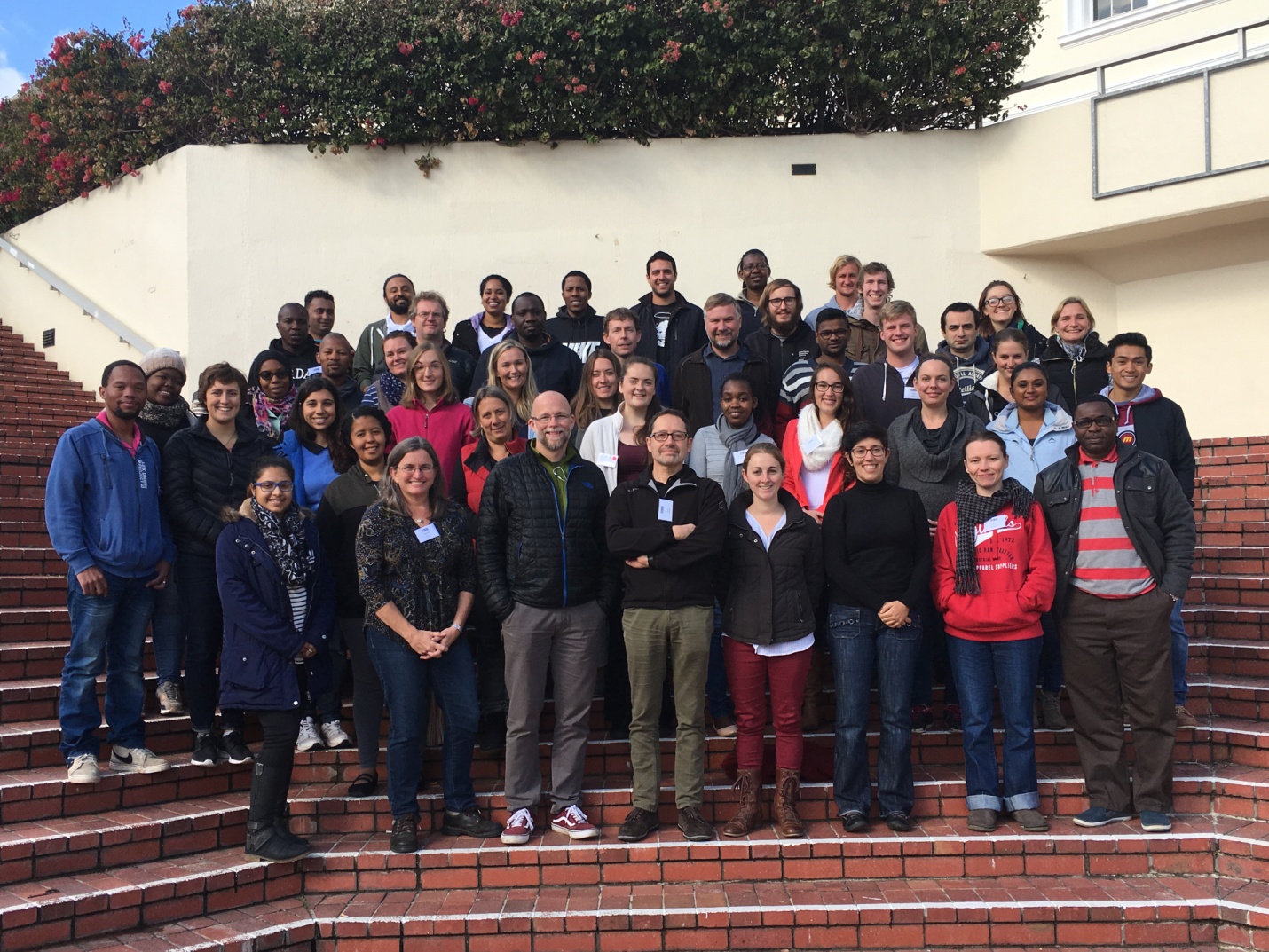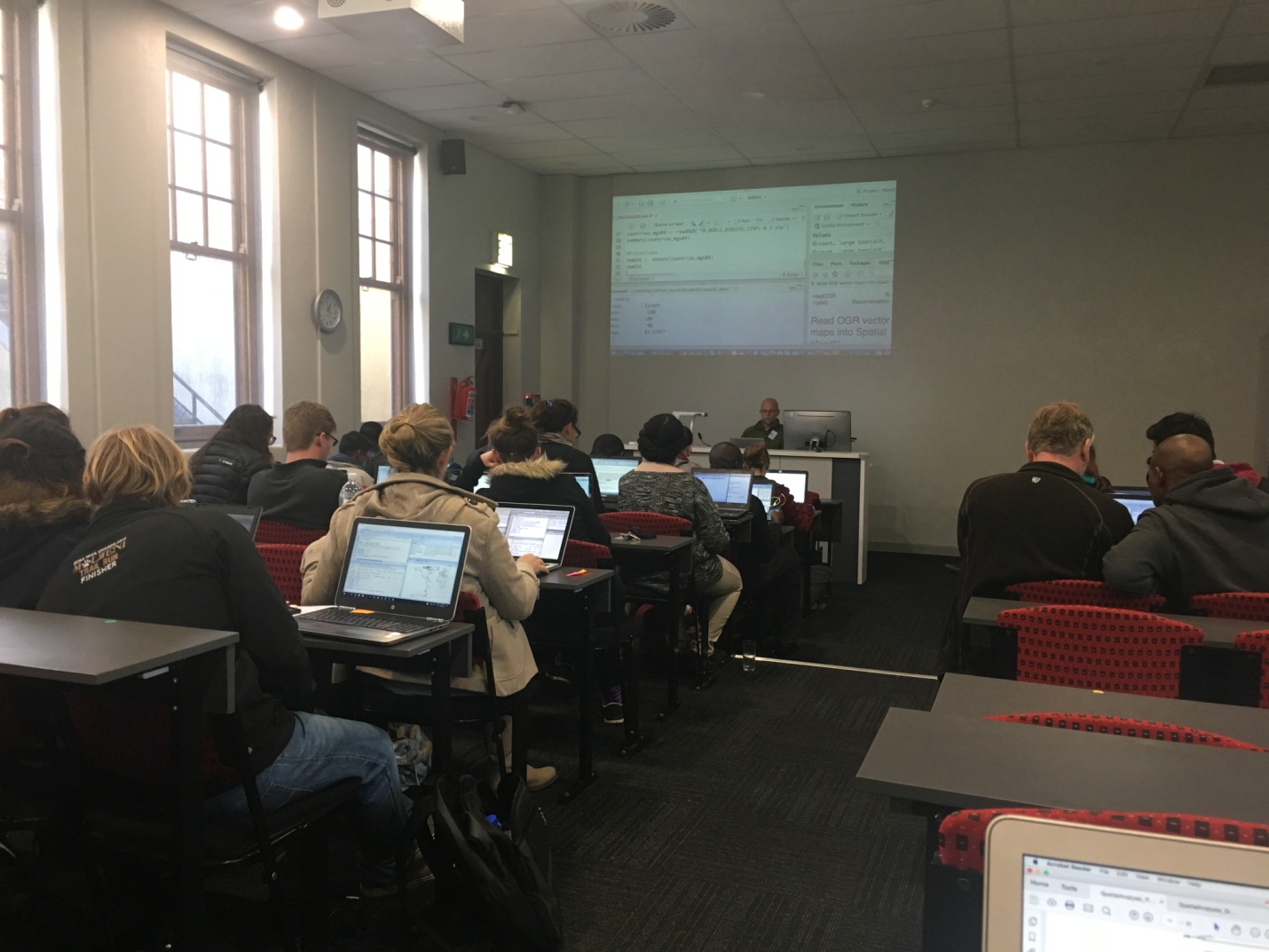Levy Otwoma
Report of GLOMAR PhD student Levy Otwoma about his participation in the third international workshop on the diversity of the Indo-Pacific Network, at Stellenbosch University, Stellenbosch, South Africa, from 25 to 30 June 2017.
The aim of the workshop was to train graduate students working in the Indo-Pacific on Bioinformatics analysis of both first and second generation molecular data using the Unix command line and the scientific computing language R. 41 scientists mostly from African countries participated in the workshop. The workshop featured lectures and labs running for half a day from 9:00 am to 5:00pm with invited experts/instructors guiding participants throughout the course.
The first day of the workshop (25th June 2017) featured a lecture on fundamentals of population genetics by Dr Romina Henriques, which involved outlining the four pillars of population genetics (Genetic drift, mutation, gene flow and selection) and types of markers used to discern population units. This was useful for the participants to understand how to define population units for conservation. On the second day (26th June 2017) of the workshop, the participants were introduced to using Biolinux and R command line by professor Eric Crandall. This involved the first steps of making directories and moving within and between directories in Biolinux as well as importing data into R.
The second theme of the workshop was to introduce the participants to handling Next-Gen sequencing and genome dataset. The participants were guided through the steps of preparing samples for Next-Gen sequencing, handling sequenced data using the software PyRAD and converting the data to formats compatible with softwares used to estimate genetic differentiation or structure. In addition, the participants were shown how to scan through genomic data using the software BayeScan and Bayescenv, to determine areas in the genome that experience selection and the genes under selection.
The last two days of the workshop focused on the application of spatial analysis and reasoning to answer population genetics questions. These included the introduction to spatial analysis in R, using the packages sp, rgdal, raster, rgeos, SDMtools, downloader, R.utils, maptools, maps, and GIStools. The participants were also shown how to prioritize/delineate areas for conservation based on a planning unit using the tool marxan in QGIS by maria Beger.
This workshop gave the participants handson experience required to handle and interpret molecular data. It also created a framework for future collaboration in research proposal writing. I would like to thank GLOMAR and ZMT for funding my participation in this 3rd DIPnet international workshop in Stellenbosch South Africa.




